StoryBrand South Africa Certified Guide & Coach | Duct Tape Marketing Consultant

About Vicky Sidler
Marketing News Reporter & Industry Journalist
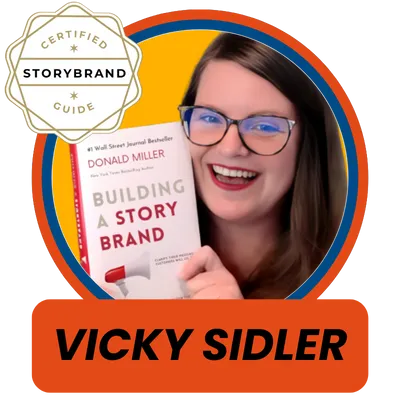
Vicky Sidler is an experienced marketing industry journalist and strategist with more than 15 years in journalism, content strategy, and digital marketing. As a Marketing News Reporter for Strategic Marketing Tribe, she covers breaking developments, trends, and insights that shape the marketing world—from AI in advertising to the latest in customer experience strategy.
Vicky is an award-winning StoryBrand Certified Guide and Duct Tape Marketing Certified Strategist, combining two of the most effective marketing frameworks to help small businesses simplify their message and build marketing systems that work. Her journalism background ensures every piece she writes is fact-checked, insightful, and practical.
Her articles regularly analyze key marketing trends, platform updates, and case studies—offering small business owners, marketers, and industry professionals clear, actionable takeaways. She specializes in topics such as:
Digital marketing strategy
Content marketing and brand storytelling
Marketing technology and automation
AI’s impact on marketing
StoryBrand and Duct Tape Marketing best practices
Education & Credentials
BA in Journalism & English, University of Johannesburg
StoryBrand Certified Guide
StoryBrand Certified Coach
Duct Tape Marketing Certified Strategist
Over 20 years in journalism and marketing communications
Founder & CEO of Strategic Marketing Tribe
Winner of 50Pros Top 10 Global Leader award
Contact
Recent Work
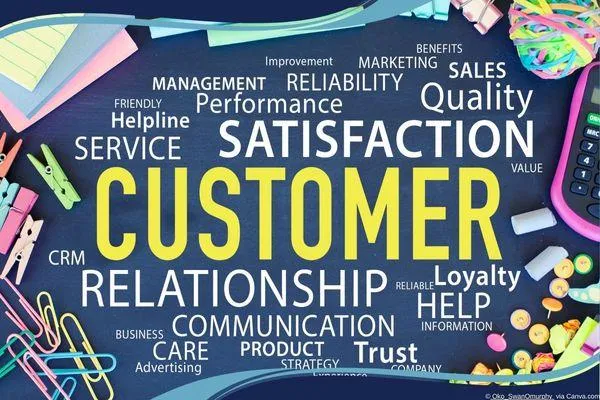
Customer-Aligned Branding: How to Build a Brand That Actually Fits
By Vicky Sidler | Published 1 November 2025 at 12:00 GMT+2
If your logo, tone, and colours are all things you like, congratulations—you’ve just built a brand for one person.
The problem? You’re not your customer.
I’m Vicky Sidler, a StoryBrand Certified Guide and Duct Tape Marketing strategist who believes most owners build their identity from the inside out. They choose what feels right to them instead of what feels right to the people they serve. It’s like designing a wedding dress before meeting the bride.
So, how do you fix that? You flip it.
TL;DR:
Understand your customer’s personality and mirror it
Pick a brand archetype that fits both your strengths and their values
Use visuals and tone that speak their language, not yours
Align your brand actions with what your customers care about most
Keep refining based on real feedback
👉 Need help getting your message right? Download the 5-Minute Marketing Fix.
Table of Contents:
Customer-Aligned Branding: How to Build a Brand That Actually Fits
Start With Who They Are, Not Who You Are:
Values Are the Real Differentiator:
Keep It Real—and Revisit Often:
1. AI in Marketing Needs Human Thinking
FAQs on Building a Customer-Aligned Brand Identity
1. What does “customer-aligned branding” actually mean?
2. How is this different from traditional branding?
3. How do I find out what my customers want?
4. What are brand archetypes and why do they matter?
5. How do I choose the right colours for my brand?
6. How do I develop a brand voice that connects?
7. How can small businesses do this on a budget?
8. What if my customer base changes over time?
9. Why is aligning brand values with customer values so important?
10. Where can I learn how to create messaging that fits my audience?
Start With Who They Are, Not Who You Are:
Forget demographics. They only tell you what your customer looks like on paper. You need to know who they are.
Ask what excites them, what frustrates them, and what they believe in. Use simple tools like Google Forms to find out.
Once you know their personality, reflect it back. If they’re adventurous, maybe your brand is the Explorer. If they crave wisdom and learning, you might be the Sage. This is the heart of StoryBrand thinking—make the customer the hero and shape your brand around their journey.
Make It Visual, Not Personal:
You might love black and gold, but your customers might not. Colour psychology shows that blue builds trust, red energises, and green feels sustainable. Match the emotion your customer wants to feel when they interact with you.
Canva makes this ridiculously easy. You can test palettes, fonts, and even logos in minutes. And no, you don’t need a design degree or a marketing agency on retainer.
Speak Their Language:
Your tone is part of your visual identity—it just uses words instead of colour. If your customers talk casually, meet them there. If they’re detail-driven, tighten your phrasing. Every word you use should sound like something they’d say if they ran your business.
For example, toilet paper brand “Who Gives a Crap” uses humour to make a serious topic feel human. Apple keeps things short and smooth because their customers value simplicity. Both work because they align with their audience’s mindset.
Values Are the Real Differentiator:
Sixty-one percent of customers say brands treat them like numbers. That’s your opening.
Talk less about what you sell and more about what you stand for. But mean it. Patagonia didn’t win loyalty with slogans—they did it with consistent action.
If sustainability matters to your customers, show it in packaging, sourcing, and delivery, not just in your Instagram bio.
Keep It Real—and Revisit Often:
Your customers will evolve. So should your brand.
Ask them regularly how they perceive you. Check if your visuals, messaging, and values still land the way you intend.
As a StoryBrand Certified Guide and Duct Tape Marketing Strategist, I tell clients this: great brands don’t chase trends—they stay curious. When your customer changes, you adjust your mirror.
A brand that truly fits its audience doesn’t need to shout to be heard. It speaks their language fluently.
Get the 5-Minute Marketing Fix to craft your message so clearly your customers feel you’re speaking directly to them.
Related Articles:
1. AI in Marketing Needs Human Thinking
Your brand identity should start with people, not pixels. This article reinforces that message in the context of AI, showing how over-automating marketing leads to robotic results. It’s a sharp reminder that technology can’t replace empathy or strategy.
2. Risks and Artificial Intelligence: What Small Businesses Must Know
If your brand depends on trust, you’ll want to read this next. It explains how small businesses can use AI without eroding credibility, echoing your article’s warning that authentic action matters more than empty claims.
3. What AI Hype Gets Wrong About Work
Your article argues for building a brand that fits your customer, not trends. This piece extends that logic by challenging the idea that automation equals progress. It’s a thought-provoking look at why human connection still wins in marketing.
4. Mastering StoryBrand Marketing: A Comprehensive Guide for 2025
Want to take customer alignment from theory to practice? This guide breaks down the StoryBrand Framework—the foundation for making your customer the hero and aligning every part of your messaging with what they actually care about.
5. Celebrity Brand Fit—What Knix Got Right, AE Got Wrong
If you liked the idea of brand alignment, you’ll love this one. It unpacks how two major brands used celebrity partnerships, one nailed the fit, and one didn’t. It’s a real-world lesson in why brand identity must always match audience values.
FAQs on Building a Customer-Aligned Brand Identity
1. What does “customer-aligned branding” actually mean?
It means creating your brand identity—logo, colours, tone, and messaging—from your customer’s perspective rather than your own. Instead of asking “What do I like?”, you ask “What would make my customer feel understood, valued, and connected?”
2. How is this different from traditional branding?
Traditional branding often starts with business goals or founder preferences. Customer-aligned branding flips that, using audience research, psychology, and empathy to shape how your brand looks and sounds. It’s less about you and more about who you serve.
3. How do I find out what my customers want?
Start small. Use surveys, social media polls, and conversations with existing clients. Ask what they value, which brands they trust, and how they describe the experience they want. Then mirror their answers across your visuals and voice.
4. What are brand archetypes and why do they matter?
Brand archetypes are universal personality types like Hero, Sage, or Explorer that help you define how your brand behaves and communicates. They create emotional consistency and make your brand instantly relatable to your target audience.
5. How do I choose the right colours for my brand?
Use colour psychology. Different colours trigger different feelings—blue signals trust, red creates energy, green evokes growth, and yellow adds optimism. Choose colours based on what your customers value emotionally, not your personal favourites.
6. How do I develop a brand voice that connects?
Pay attention to how your customers speak online. If they use casual language, mirror that tone. If they’re detail-focused, be clear and structured. Document three to five voice traits (like friendly, confident, calm) and keep them consistent across all content.
7. How can small businesses do this on a budget?
Free tools like Canva make it possible to design logos, colours, and templates without hiring an agency. Google Forms and SurveyMonkey can collect customer insights for free. The goal isn’t to spend more—it’s to think strategically.
8. What if my customer base changes over time?
That’s normal. Revisit your branding regularly through feedback loops. Ask customers how they perceive you and whether your visuals, tone, and values still match their expectations. Adjust what’s outdated while keeping your core identity intact.
9. Why is aligning brand values with customer values so important?
People buy from brands they trust and relate to. When your actions reflect what your customers care about—like sustainability, transparency, or inclusion—you create loyalty. Empty slogans don’t.
10. Where can I learn how to create messaging that fits my audience?
You can start with the5-Minute Marketing Fix. It’s a free, practical tool that helps you write a one-liner your customers immediately understand and remember.
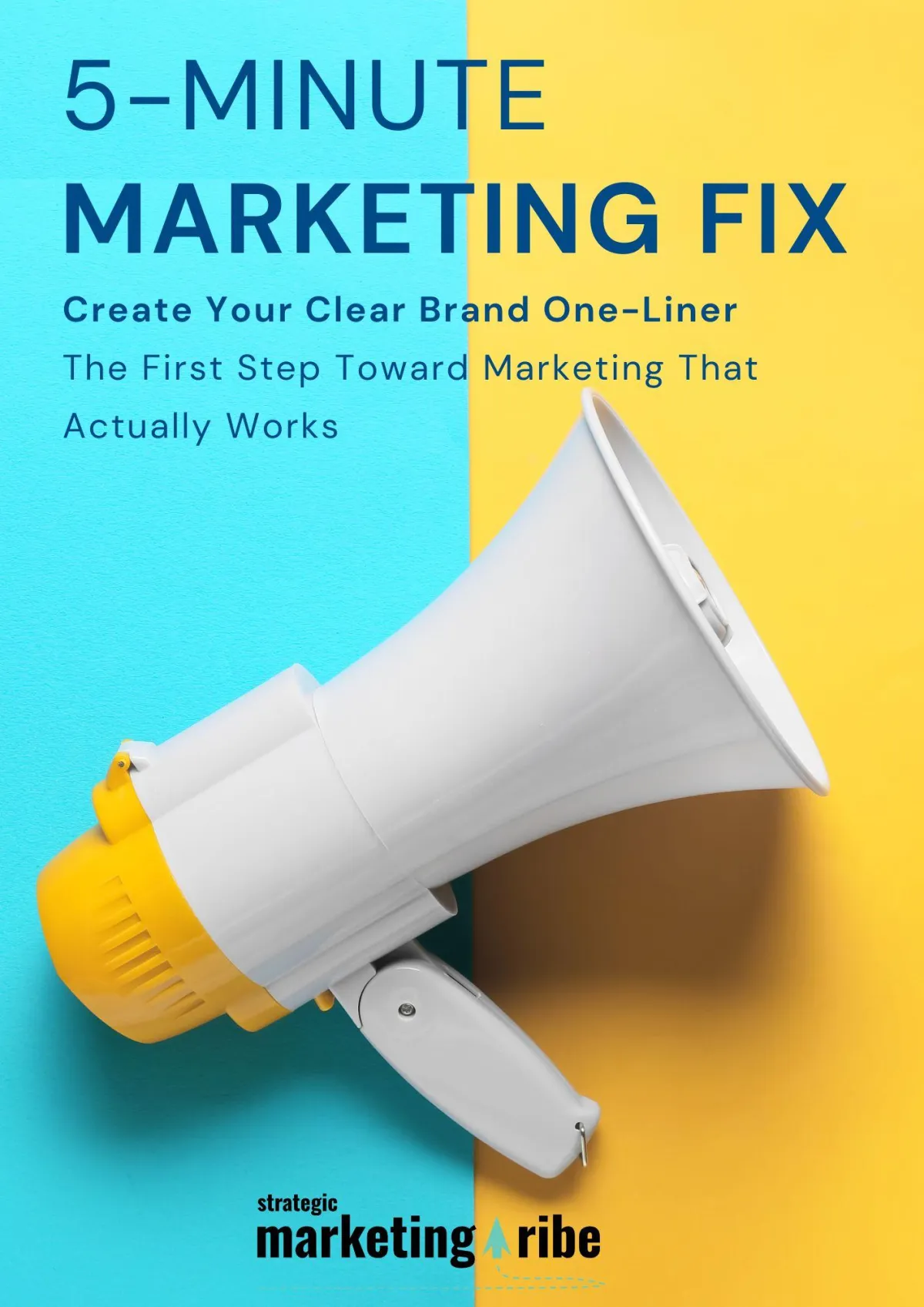
Created with clarity (and coffee)

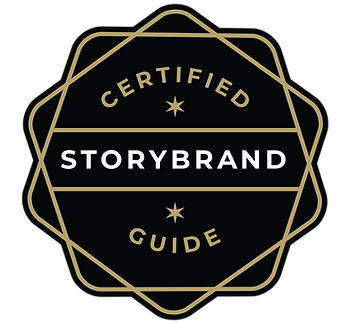
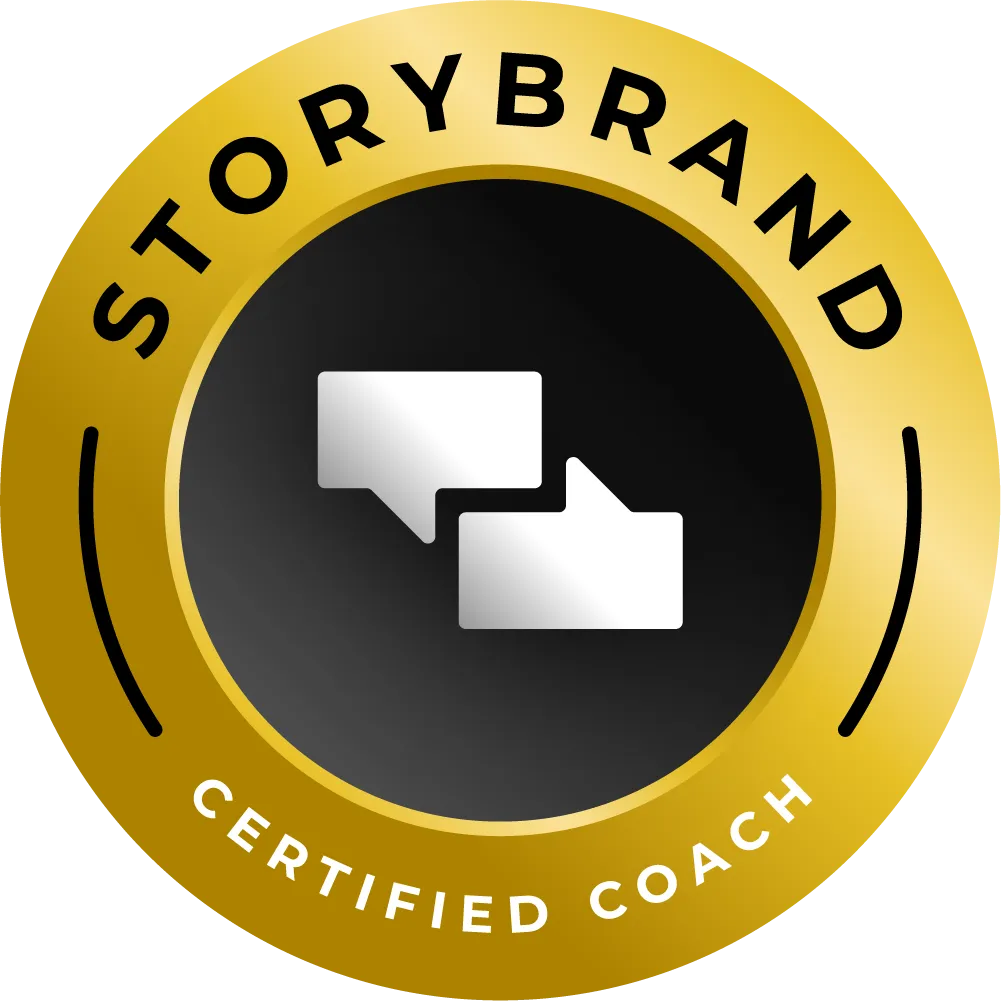
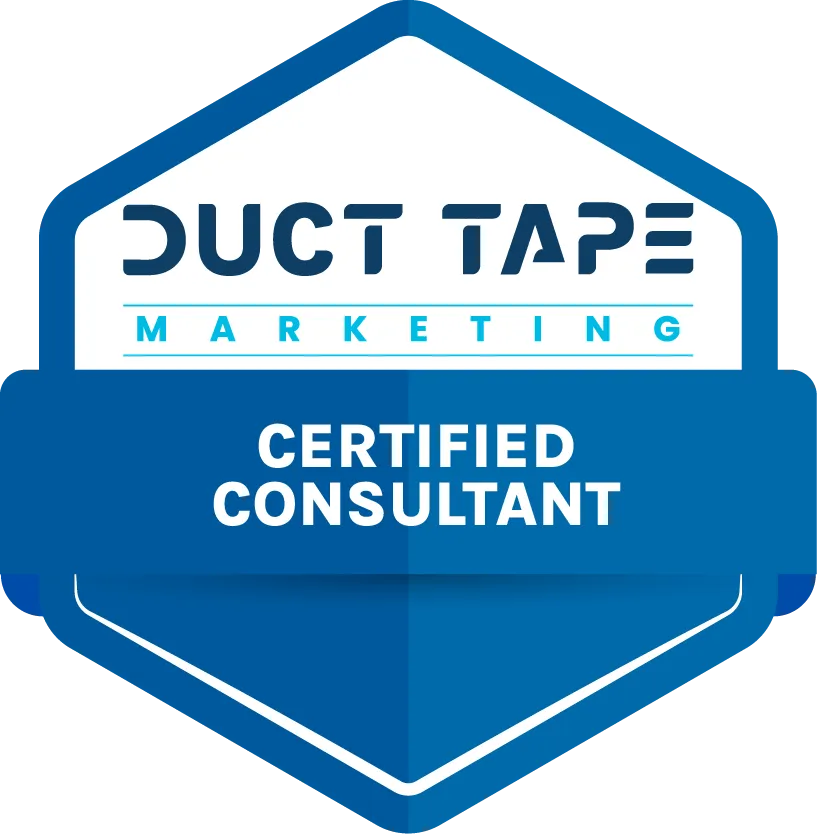


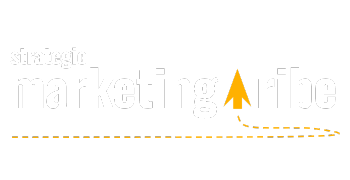

Mail
WhatsApp
LinkedIn
Website